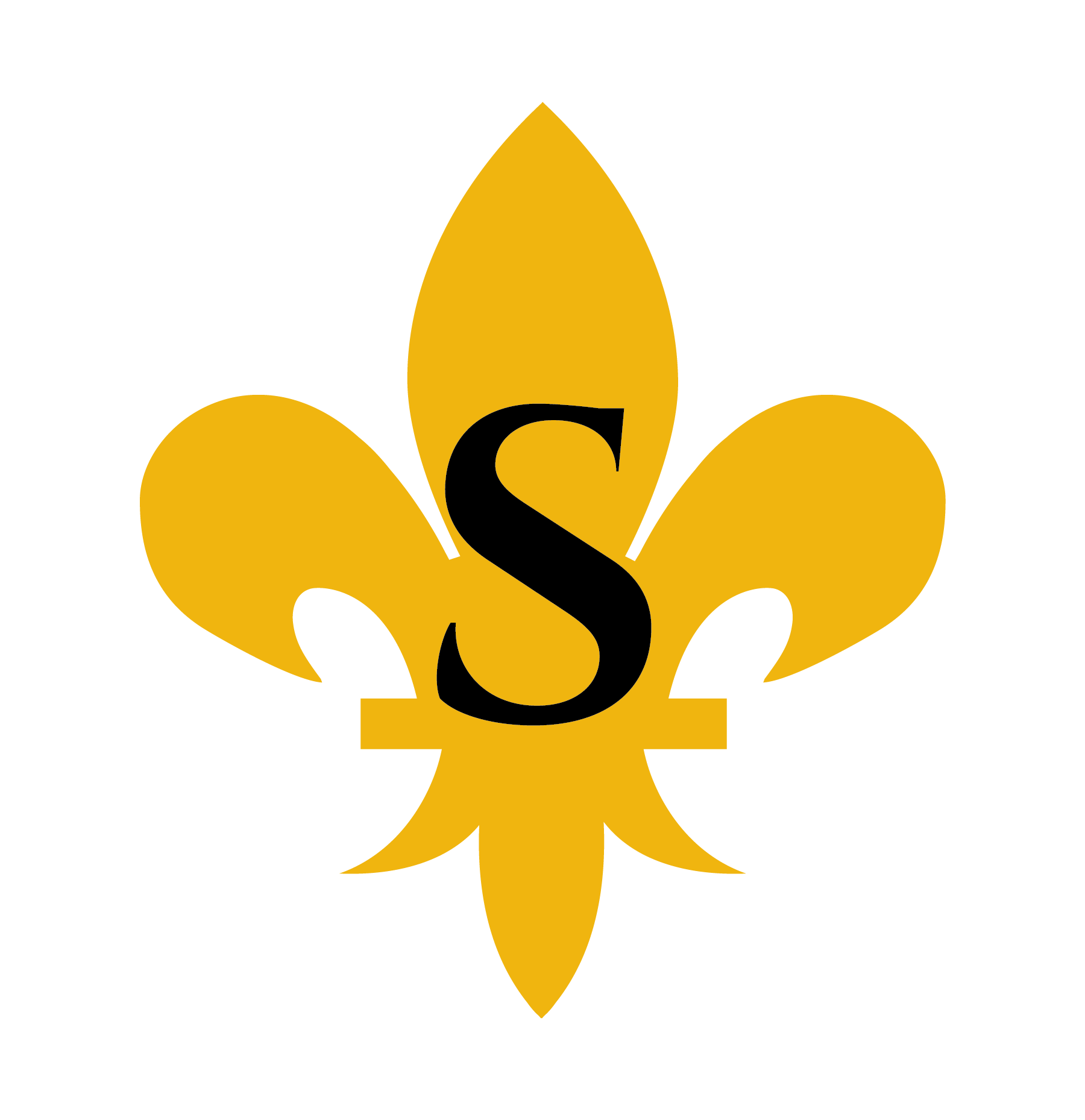How Medieval Symbols Shape Modern Game Stories
Symbols have long served as powerful tools in storytelling, carrying layers of meaning that transcend time and culture. In the medieval era, symbols such as shields, crowns, and mythical creatures represented ideals like protection, authority, and heroism. These symbols not only conveyed complex narratives but also reinforced societal values and moral codes of the period.
As storytelling evolved, many of these medieval symbols transitioned into modern narratives, especially within the realm of video games. Today’s game developers harness these age-old symbols to craft immersive worlds that resonate with players’ subconscious understanding of heroism, danger, and morality. This bridging of past and present enriches game narratives, making them more compelling and culturally layered.
Table of Contents
- The Role of Medieval Symbols in Shaping Game Worlds
- Archetypes and Symbolic Characters Derived from Medieval Lore
- Symbolism in Game Mechanics and Player Experience
- Fantasy Creatures and Their Symbolic Significance
- Hidden Meanings and Subtle Symbols in Game Design
- From Medieval Symbols to Modern Iconography
- When Symbols Fail or Mislead
- Future of Symbolic Storytelling in Games
The Role of Medieval Symbols in Shaping Game Worlds
Medieval symbols serve as foundational elements in creating authentic and immersive game environments. Icons such as shields, heraldic banners, castles, and dragons evoke a specific historical aesthetic while also carrying symbolic meanings. For instance, shields often represent protection and valor, while dragons symbolize chaos or formidable challenges.
Game designers leverage these symbols to craft worlds that feel both familiar and fantastical. The use of castles and fortresses immediately signals themes of defense and authority, while the presence of mythical creatures like dragons or griffins introduces elements of danger and wonder. These symbols act as visual shorthand, allowing players to instantly grasp the underlying narrative or mood.
| Symbol | Meaning | Example in Games |
|---|---|---|
| Shield | Protection, defense, heroism | The shield in “Dark Souls” signifies resilience and protection |
| Crown | Authority, sovereignty | The crown in “The Witcher” symbolizes kingship and power |
| Dragon | Chaos, challenge, power | Dragons appear in “Skyrim” as both enemies and symbols of epic scale |
Archetypes and Symbolic Characters Derived from Medieval Lore
Medieval lore has gifted modern games with archetypal characters that embody timeless virtues and vices. Knights, kings, and mythical creatures often serve as narrative anchors, representing ideals such as courage, authority, or chaos.
These characters carry moral and cultural implications, shaping players’ perceptions of heroism and villainy. For example, knights traditionally symbolize virtue and justice, yet modern reinterpretations often challenge these notions to add nuance. Similarly, kings may symbolize absolute power but can also embody corruption or moral failure.
“The reinterpretation of medieval hero archetypes, like Ms Robin Hood, exemplifies how modern narratives adapt age-old symbols to reflect contemporary values and morals.”
For instance, read more about Ms Robin Hood here, a modern reinterpretation of the legendary hero, exemplifies how archetypal figures are reshaped to resonate with current audiences while maintaining their symbolic roots.
Symbolism in Game Mechanics and Player Experience
Game mechanics frequently utilize symbols to intuitively guide player decisions. Checkmarks, cross icons, and color-coded cues are simple yet effective visual symbols that inform players about their actions’ correctness or consequences.
These cues significantly impact gameplay by reducing cognitive load and streamlining decision-making. For example, a green checkmark often indicates a correct action, reinforcing positive feedback, while textual cues like “Malfunction voids all” in a small font signal critical warnings without overwhelming the player.
The presentation of such information—especially font size and placement—can either enhance or hinder player understanding. Minimalist cues, such as a tiny font size, evoke a sense of urgency or importance without cluttering the screen, reflecting a medieval aesthetic of subtlety and precision.
Fantasy Creatures and Their Symbolic Significance
Creatures like blue wolves or griffins serve as symbols conveying themes of danger, challenge, or mystical power. Their fantastical nature allows developers to explore themes beyond the constraints of historical accuracy, expanding narrative depth.
While real-world symbols often carry specific cultural meanings, fantasy creatures introduce a layer of symbolic ambiguity, representing abstract concepts such as chaos (dragons), loyalty (wolf packs), or transformation. For example, in some games, blue wolves symbolize loyalty and resilience, embodying challenges players must overcome.
This expansion of symbolic storytelling beyond strict historical fidelity enables richer, more imaginative worlds, where myth and legend blend seamlessly with gameplay mechanics and narrative themes.
Non-Obvious Symbolic Layers and Hidden Meanings in Game Design
Modern game designers embed subtle symbols within environments and narratives to add depth and invite player interpretation. These may include minimalist backgrounds, coded messages, or environmental cues that evoke medieval themes without explicit references.
For example, a crumbling castle in a game might symbolize decay and the passage of time, while a lone worn banner could hint at lost glory or betrayal. Such cues often require attentive players to decode, enhancing engagement and replayability.
Coded messages—like inscriptions in an ancient language or symbolic arrangements—serve to deepen the story and connect players with the lore. These layers of meaning enrich the gaming experience, making worlds feel more alive and complex.
The Evolution of Medieval Symbols into Modern Cultural Symbols
Over centuries, many medieval symbols have transformed into modern iconography. Shields, swords, and crowns are now used in logos, fashion, and media to evoke ideals of bravery, authority, and tradition.
Contemporary reinterpretations—like the character Ms Robin Hood—reflect modern values such as social justice, equality, and resilience. These adaptations showcase how symbols evolve to mirror current morals while maintaining their historical roots.
“The cyclical nature of symbolism ensures that ancient images remain relevant, continuously shaping stories in new contexts.”
This ongoing evolution demonstrates the enduring power of symbols as cultural touchstones, bridging past and present in storytelling across media.
When Symbols Fail or Mislead
Interpretation of symbols depends heavily on context. An icon or gesture that signifies heroism in one setting might be misunderstood elsewhere, causing confusion or miscommunication in games.
For example, a symbol meant to indicate danger might be ambiguous if not accompanied by contextual cues, leading players to misjudge threats. Similarly, overly abstract symbols without clear references can mislead players about game mechanics or story elements.
Lessons from such misapplications emphasize the importance of coherent symbolism. Misuse can break immersion or cause frustration, underscoring the need for thoughtful design that considers cultural and contextual interpretations.
The Continuing Influence of Medieval Symbols in Future Game Narratives
As game development advances, the influence of medieval symbols is likely to deepen, especially with emerging technologies like augmented reality and procedural storytelling. These symbols will continue to serve as universal language, bridging cultures and eras.
Future trends may include more nuanced reinterpretations of archetypal characters and symbols, reflecting evolving societal values and morals. For example, characters like Ms Robin Hood demonstrate how traditional symbols can be adapted to promote themes of social justice and resilience in modern contexts.
Understanding the enduring power of symbols is crucial for creators aiming to craft meaningful narratives and for players seeking deeper engagement. As storytelling becomes more sophisticated, the mastery of symbolic language will remain a vital tool in the game designer’s arsenal.
In conclusion, the rich tapestry of medieval symbolism continues to influence modern game stories, offering a timeless framework that enhances narrative depth and cultural resonance.

